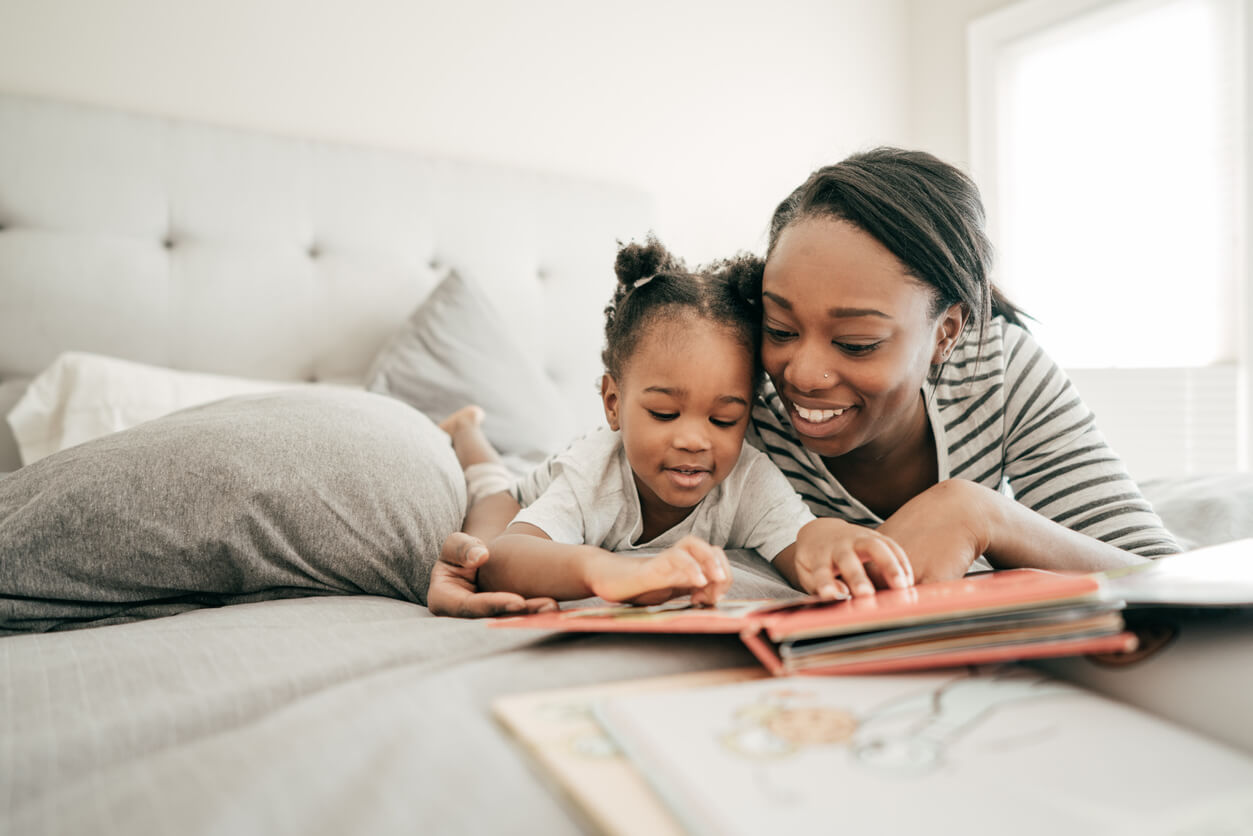When your child is watching a cartoon and you ask her to wash her hands and come and eat and your child ignores you, is she really ignoring you? Are you frustrated how communication is happening at your home? Here are some things to consider.
- Did you know you hear with your brain? The ears are just a way in!
- Did you know children can’t listen like adults because their auditory (brain) systems aren’t fully developed until they are teenagers? (Yes, I know, teenagers don’t listen either but that is due to other reasons then what this blog is about!)
- To summarize ~ Hearing is the way to get the sounds and speech into the brain. Listening has to do with the brain’s auditory system development.
Want to do something to improve communicating with your child at home?
First, rule out hearing loss and have your child’s hearing tested by an audiologist.
Second facilitate growing your child’s listening skills to improve communication and learning.
Where does Listening happen in your home? Maybe your child’s listening environment needs a change.
Younger children especially need a quieter environment and less distance from you to hear, listen and process what you are saying. When you are giving them key information like directions for homework, or chores to do – get closer to your child, turn off the Pandora, Netflix or other auditory distrations.
Adults can block out the background noises in their listening environment while someone is speaking to them. Young children don’t have this filtering ability (their auditory brains haven’t developed that yet).
How fast are you talking?
Most adults speak much faster than what most children can process. Get your child’s attention, slow your speech down, and pause frequently. Allow your child the listening processing time he or she may need.
Listening needs to be taught!
Provide opportunities for your children to practice listening and tune into different sounds at home. Practice listening to both quiet and normal volume speech and environmental sounds. Here a few games you can play with your children to practice listening.
Simon Says
A classic game that has been played for generations, and for good reason! This game is fun but also helps kids to hone their listening skills. In case you need a refresher: one person calls out instructions that the rest of the players must perform. Instructions usually include actions such as ‘put your hand on your head’ or ‘hop on one leg’. However, they only do the actions if the speaker says ‘Simon says’ before giving the instruction. When the players do the action without hearing ‘Simon says’, they’re disqualified. By having them listen out for, not only an instruction, but also a specific phrase, kids will learn to really hear what someone is saying to them.
Telephone (for family fun with 4 or more people)
A classic game for working on listening. Start with one sentence, and whisper it to the person next to you. The last person says the sentence they heard out loud.
Bonus – this also works on memory skills.
Sound hunt
So simple, yet so effective! In this game, you can do this indoors or outdoors and have your child identify all of the sounds that they hear. This can work well with families who have different aged children also.
Walk around your neighborhood. Everyone be quiet and listen. What do you hear? Have them find different sounds. Don’t help them. You write down what each child hears. Have them take turns so each child gets to identify a sound on your walk. (i.e. I hear a bird, I hear people talking, I hear a car).
At home, perhaps the dishwasher is going in the kitchen, or a sister talking on the telephone. Don’t help them find the sounds. This encourages active listening. In this activity, they’re not listening for a specific sound or instruction. Your children are learning to really be aware of their auditory surroundings. Write down the sounds you hear to talk about later.
Marco Polo
One player is blindfolded or closes her eyes. She counts to 10 and then says Marco. The other players say Polo, and she listens to determine where the players are. They need to say Polo to give her clues every time she says Marco. Once she tags someone, that person becomes Marco.
Freeze Dance
This game requires children to listen, dance, and then when the music stops the children also “freeze” like they are a statue. This is a good way to work on impulse control as well. Pick a fun song, stopping it occasionally and seeing who freezes their bodies. Try to hide the music source so kids can’t see when you’re about the stop it.
Stacking a Tower Listening game
Have a pile of different colors of legos or blocks in front of each child. Each child takes a turn. Provide specifics on what colors and numbers of blocks/legos to build on the shared tower.For example; “Place one red block (or lego) on the tower”, or “Place 2 orange blocks (or legos) on the tower”.
Bonus! In addition to listening, children are practicing counting and learning colors.
Uno for Juniors
This card game helps with attention skills that support listening development. Players match and collect cards.
Go Fish
A card game, or board game, where you ask and answer questions to collect matching cards.
Linda Kalweit, Au.D., CCC-A, F/AAA
Pediatric Audiologist






